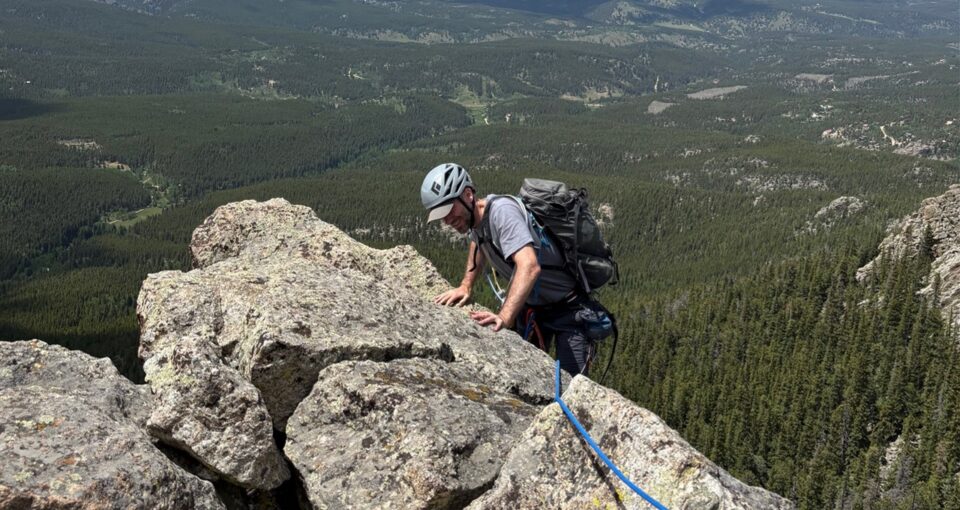
At 6 a.m. on a recent Friday, Miguel Rodriguez’s alarm woke him up — but not because he… Read Article

At 6 a.m. on a recent Friday, Miguel Rodriguez’s alarm woke him up — but not because he… Read Article
For senior application-specific integrated circuit (ASIC) engineer Tarun Patil, technology was more than a childhood curiosity — it was a calling. Today, he’s part of NVIDIA’s specialized circuit silicon correlation… Read Article
Level up GeForce NOW experiences this summer with 40% off Performance Day Passes. Enjoy 24 hours of premium cloud gaming with RTX ON, delivering low latency and shorter wait times…. Read Article
At GTC Paris — held alongside VivaTech, Europe’s largest tech event — NVIDIA founder and CEO Jensen Huang delivered a clear message: Europe isn’t just adopting AI — it’s building… Read Article
Adeola Adesoba has always believed that data is the key to changing the world. As a solutions architect at NVIDIA focused on cybersecurity AI, Adesoba works on end-to-end data science… Read Article
AI isn’t waiting. And this week, neither is Europe. At London’s Olympia, under a ceiling of steel beams and enveloped by the thrum of startup pitches, it didn’t feel like… Read Article
U.K. Prime Minister Keir Starmer’s ambition for Britain to be an “AI maker, not an AI taker,” is becoming a reality at London Tech Week. With NVIDIA’s support, the U.K…. Read Article
4:2:2 cameras — capable of capturing double the color information compared with most standard cameras — are becoming widely available for consumers. At the same time, generative AI video models… Read Article
When Sarah Wang was accepted into the MIT Sloan School of Management in 2014, she was seven months pregnant with her son Marcus. Given the less-than-ideal timing, her entire family… Read Article